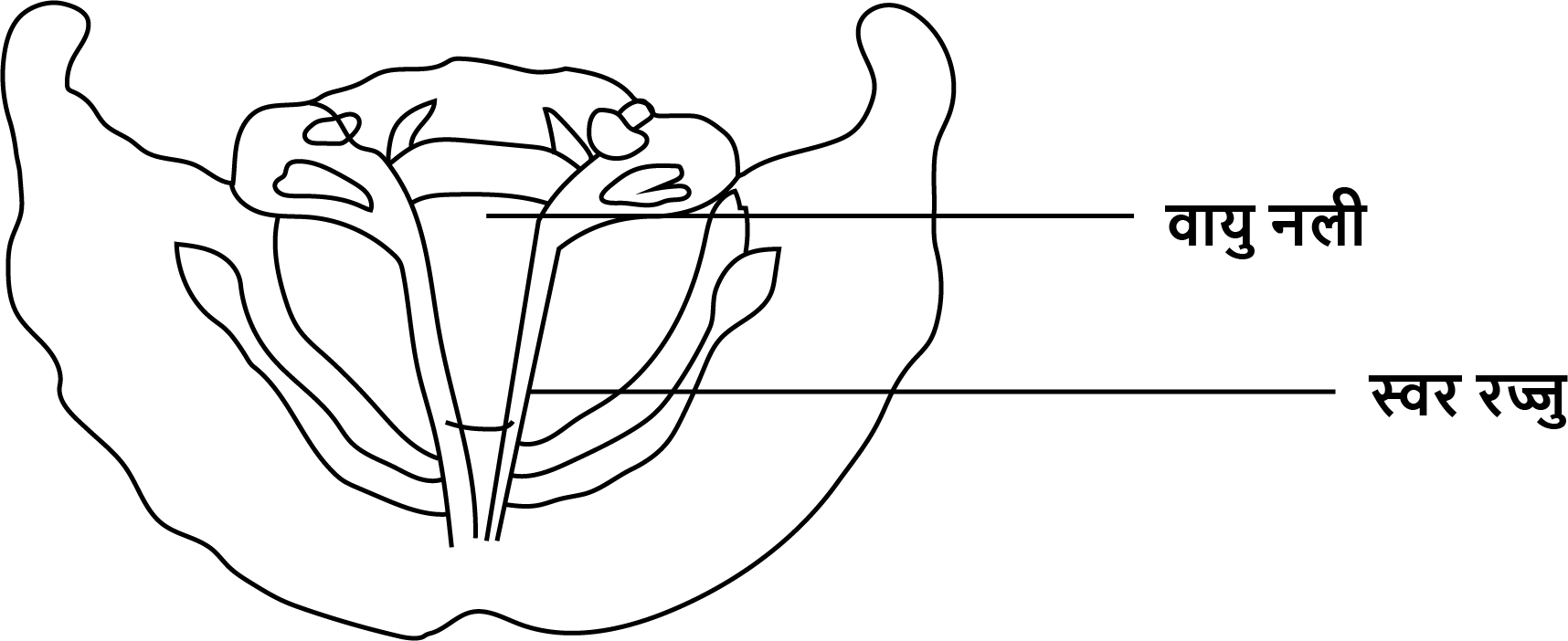Solved NCERT Questions For Class 8 Science Chapter 13 In Hindi - Free PDF
FAQs on NCERT Solutions For Class 8 Science Chapter 13 Sound (2025-26)
1. Where can I find reliable, step-by-step NCERT Solutions for Class 8 Science Chapter 13, Sound?
You can find comprehensive and accurate NCERT Solutions for Class 8 Science Chapter 13 (Sound) right here. These solutions are prepared by subject experts and provide a detailed, step-by-step guide to every question in the textbook exercise, aligned with the latest CBSE 2025-26 syllabus.
2. What is the correct method to solve the numerical problem in Chapter 13 about a pendulum that oscillates 40 times in 4 seconds?
The correct method involves two key steps as per the NCERT textbook methodology:
- Calculate the Time Period: This is the time taken for one complete oscillation. The formula is Total Time ÷ Number of Oscillations. So, it is 4 seconds / 40 oscillations = 0.1 seconds.
- Calculate the Frequency: This is the number of oscillations per second. The formula is Number of Oscillations ÷ Total Time. So, it is 40 oscillations / 4 seconds = 10 Hertz (Hz).
Following this step-by-step process ensures you derive the correct answer.
3. According to the NCERT textbook, how do you explain the difference between noise and music?
The primary difference lies in the nature of the sound vibrations. Music is described as a sound that is pleasant to the ear, typically produced by regular and periodic vibrations. In contrast, noise is an unpleasant or unwanted sound, often caused by irregular and non-periodic vibrations. An important point from the chapter is that any musical sound can become noise if it is played at an excessively high volume.
4. Why does the NCERT Class 8 Science book state that sound cannot travel in a vacuum?
Sound requires a medium to propagate because it travels as vibrations through particles. In a medium like a solid, liquid, or gas, particles are present to oscillate and pass the vibration along. A vacuum is defined as an empty space, meaning it has virtually no particles to carry these vibrations. Therefore, as explained in the chapter, sound waves cannot be transmitted through a vacuum.
5. How do the concepts of amplitude and frequency explain the main properties of sound?
The NCERT solution for Chapter 13 clarifies these two key relationships:
- Amplitude and Loudness: The amplitude of a vibration determines the loudness of the sound. A vibration with a larger amplitude results in a louder sound, while one with a smaller amplitude produces a softer sound.
- Frequency and Pitch: The frequency of a vibration determines the pitch (or shrillness) of the sound. A sound source vibrating at a higher frequency results in a higher pitch, while a lower frequency results in a lower pitch.
6. How do you solve the question about why lightning is seen before thunder, as explained in Chapter 13?
The correct explanation involves comparing the speeds of light and sound. Although both are produced at the same time during a storm, light travels much faster (approximately 300,000,000 m/s) than sound (approximately 343 m/s in air). Because of this significant difference in speed, the light from the lightning strike reaches our eyes almost instantly, while the sound of thunder takes more time to travel the same distance to our ears.
7. What are the main harmful effects of noise pollution as listed in the NCERT solutions for Chapter 13?
The NCERT solutions highlight several health hazards associated with noise pollution. The correct way to answer this is by listing the primary effects, which include:
- Health problems such as hypertension (high blood pressure), anxiety, and stress.
- Sleep disturbances like insomnia.
- Potential for temporary or even permanent hearing impairment from prolonged exposure to excessively loud sounds.
8. How do the NCERT Solutions for Class 8 Science Chapter 13 help in preparing for exams?
These solutions are designed to build a strong conceptual foundation. By providing a step-by-step method for each problem, they help you understand the logic behind the answers, not just memorise them. Practising with these solutions ensures you know the correct way to frame answers for the CBSE exam, identify common pitfalls, and effectively revise all topics covered in the Sound chapter for the 2025-26 session.

























